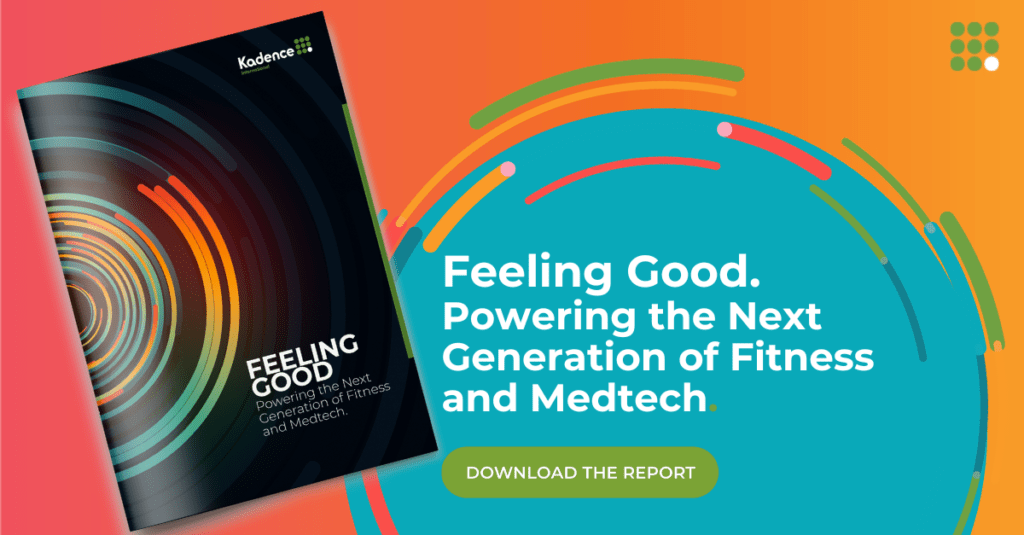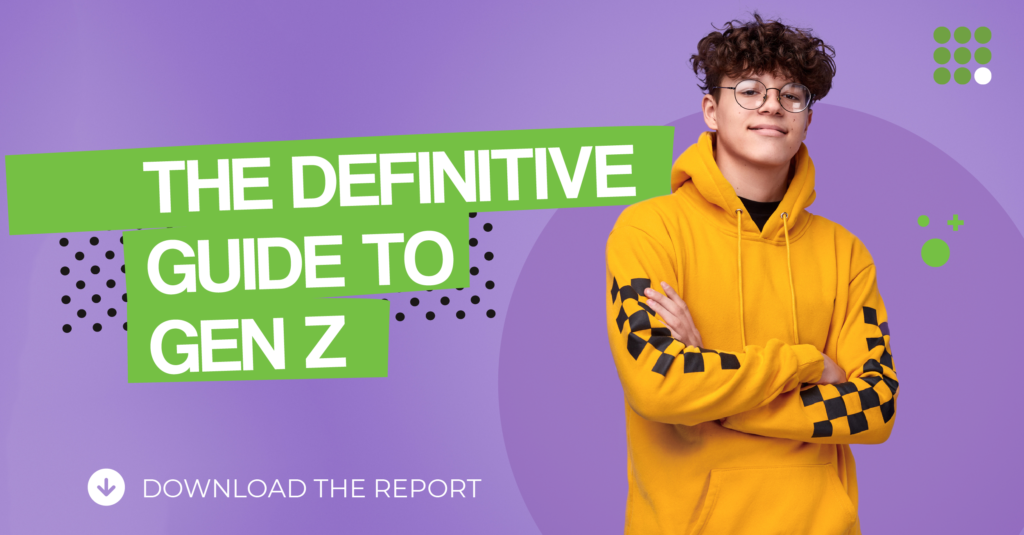Boycotts can upend entire markets overnight. In 2019, a diplomatic dispute between South Korea and Japan turned into a full-scale consumer revolt. Sales of Japanese beer in South Korea plummeted by 92%, and Uniqlo shuttered multiple stores as South Korean consumers rejected Japanese brands en masse. What began as a trade conflict quickly became an economic weapon wielded by consumers.
Boycotts are no longer just reactions to political events—they have become economic power plays. Global brands increasingly find themselves at the center of cultural, political, and trade conflicts. Starbucks faced backlash from both conservatives and progressives over its unionization stance, while Disney’s opposition to Florida’s “Don’t Say Gay” bill sparked boycotts from both LGBTQ+ supporters and conservative groups. In today’s market, even neutrality is a decision with consequences.
Brands have become battlegrounds for political, social, and economic conflicts. Silence is no longer a shield. When French President Emmanuel Macron defended the right to publish caricatures of the Prophet Muhammad in 2020, French businesses bore the consequences. Middle Eastern supermarkets pulled French products, and #BoycottFrenchProducts trended across social media. Carrefour scrambled to issue damage control statements. Even companies with no direct political involvement can be caught in ideological crossfire.
Managing consumer activism is no longer optional. Today’s boycotts can move markets and shake billion-dollar companies. In an era where brand loyalty is tied to political and social beliefs, companies caught in the crossfire risk more than just lost sales—trust, once broken, is far harder to rebuild.
Boycotts don’t just make headlines—they leave financial wreckage. In 2012, a territorial dispute between China and Japan ignited a mass boycott, sending Toyota’s sales in China tumbling 44% in a single month. The backlash erased years of market gains, forcing Toyota and Honda into a costly recovery battle.

Even dominant brands can feel the sting of consumer backlash. During the U.S.-China trade war, nationalist sentiment fueled a #BoycottApple campaign, pushing many Chinese consumers toward Huawei. Apple maintained its global standing, but its sales took a hit—proof that even industry giants aren’t immune to geopolitics.
Some boycotts reshape markets permanently. In 2019, a South Korea-Japan dispute led consumers to abandon Japanese beer, cosmetics, and cars—habits that didn’t revert even after tensions cooled. Similarly, a 2006 boycott of Danish products in the Middle East, triggered by controversial cartoons, wiped out $70 million in sales for dairy giant Arla Foods. Even years later, some retailers never restocked Danish brands.
Not all boycotts leave scars. Starbucks has repeatedly faced backlash over labor policies and political stances, yet its dominance remains unshaken. The reason? A fiercely loyal customer base and a brand identity strong enough to weather short-term activism. The difference between a fleeting boycott and lasting damage often comes down to one factor: how replaceable the brand is. Companies with distinct identities bounce back. Those that hesitate, or fail to differentiate, may never recover.
Why Some Boycotts Fade While Others Leave Lasting Damage
For over 40 years, Nestlé has faced recurring boycotts over its infant formula marketing in developing countries. Despite its global dominance, consumer advocacy groups have kept the controversy alive, cementing Nestlé’s reputation as a corporate villain for many.

The oil industry faces a similar challenge. Shell and BP have endured decades of boycotts over environmental concerns. While these campaigns haven’t triggered financial collapse, they’ve permanently tarnished brand perception—especially among younger, climate-conscious consumers.
The real risk isn’t a single high-profile boycott—it’s the slow erosion of trust from repeated controversies. Over time, consumer activism can turn a brand name into shorthand for corporate misconduct, making reputation recovery an uphill battle. A boycott is more than a PR crisis; it’s a moment of truth. Brands can either reinforce loyalty or lose trust from all sides.
Some brands emerge stronger by standing their ground. Patagonia, for example, has made environmental activism central to its identity—even suing the Trump administration over national park protections. Rather than triggering backlash, the move galvanized its core customers.
Not all brands navigate boycotts successfully. When Carrefour’s Middle Eastern stores suffered backlash during the Macron controversy, the company tried to distance itself—but this only bred confusion and distrust. Silence can be as risky as speaking out. Consumers expect companies to take a stance, but a miscalculated move can alienate as many as it attracts. The real challenge isn’t whether to engage, but how to do so without escalating the crisis.

Avoiding controversy doesn’t mean avoiding backlash. In 2022, Disney’s attempt to stay neutral on Florida’s “Don’t Say Gay” bill backfired spectacularly. Employees and LGBTQ+ activists pressured the company to take a stance, while conservatives retaliated once it did. Florida lawmakers stripped Disney of key tax privileges, leaving it alienated from both sides. A 2023 Harris Poll found that 82% of consumers expect brands to take a stand on social issues—yet 60% say they will stop buying if they disagree with the stance. The lesson? Taking a position can build loyalty with one group while permanently alienating another.
The risk isn’t just political—it’s about perception. Brands that fail to define their values risk having their identity shaped by the loudest voices. In today’s landscape, silence isn’t neutral—it’s a statement.
Navigating a boycott isn’t just about damage control—it’s about leadership. The brands that survive aren’t the ones scrambling to react, but those that take control of the narrative. When a boycott gains traction, the worst mistake a company can make is letting others define its response. A clear, well-structured message—consistent across all platforms—determines whether a brand weathers the storm or gets swallowed by it.
The financial hit of a boycott is often inevitable, but well-prepared brands see beyond the short term. Companies that anticipate consumer activism have contingency plans—shifting market focus, reinforcing ties with loyal customers, and ensuring financial resilience in the face of backlash.
A boycott can erupt in minutes, leaving companies no time to craft a careful response. In today’s hyper-connected world, silence is often seen as complicity, while a poorly handled statement can make things worse. The brands that survive aren’t those that avoid controversy—they’re the ones prepared for it.
The difference between a temporary backlash and a full-blown reputational crisis often comes down to preparation. The brands that weather boycotts aren’t scrambling in the heat of the moment—they have a crisis playbook ready long before trouble starts.
At the heart of any crisis playbook is a clear decision-making framework: Who makes the call on how to respond—the CEO, the communications team, or a crisis committee? Without a defined chain of command, brands risk internal chaos, mixed messaging, and costly missteps.
Just as critical is message control. In the social media age, companies no longer have the luxury of waiting days—or even hours—to respond. A delay means losing control of the narrative. The most prepared brands have adaptable, pre-drafted messaging ready to deploy, ensuring their first response is measured rather than reactionary.

Not all boycotts require engagement. The strongest brands assess the market impact first—does the backlash threaten core revenue streams, or is it mostly symbolic? Overcorrecting in response to a boycott from non-customers can backfire, alienating loyal buyers—a mistake that has cost brands billions.
Boycotts don’t just test a brand’s values—they reveal whether a company was ever prepared to defend them. The biggest failures aren’t necessarily from taking the wrong stance, but from appearing unprepared, inconsistent, or defensive. A boycott forces brands to make a critical decision: should they engage directly or let the controversy fade? The wrong choice can amplify the backlash, while the right move can reshape public perception.
Some boycotts are short-lived outrage cycles, driven by social media but lacking real economic impact. Rushing to respond can sometimes prolong the controversy rather than defuse it. Smart brands know when to let public sentiment run its course. But silence isn’t always an option. When a controversy gains enough traction, failing to engage can cause lasting damage. In those cases, brands must take control of the narrative before it’s shaped for them.
When two Black men were arrested at a Philadelphia Starbucks in 2018, the backlash was immediate. Instead of retreating, Starbucks’ CEO issued a direct apology, shut down 8,000 stores for racial bias training, and met with community leaders. By acting quickly, the company prevented long-term brand damage and reinforced its identity as a socially conscious brand.
The High Cost of Getting It Wrong
Contrast this with United Airlines’ 2017 fiasco, when a passenger was violently dragged off a plane. The airline’s initial response—a cold, legalistic defense of policy—only inflamed public outrage. Only after intense backlash did the CEO shift to an apologetic stance, but by then, the damage was done. The lesson? A delayed or tone-deaf response can make a crisis exponentially worse.
Knowing when to engage and when to stay silent isn’t about avoiding controversy—it’s about controlling the story. The strongest brands don’t just react to boycotts; they strategically decide whether to own the moment or let it pass. Brands overly dependent on a single geographic or ideological customer base are more fragile. Companies that diversify—whether through global expansion or appealing to multiple demographics—are far more resilient.
During the 2020 Middle Eastern boycott of French brands, Carrefour and Danone lost significant business over President Macron’s remarks. But both companies quickly refocused on growing consumer bases in Africa and Asia, stabilizing their bottom line. Similarly, global tech brands facing boycotts in China have expanded into India and Southeast Asia to offset losses. Instead of engaging directly in controversy, they pivot their business strategy toward emerging markets, reducing long-term financial exposure.
Consumers today can spot corporate insincerity from a mile away. When brands respond to controversy with empty gestures rather than meaningful action, they risk deepening public distrust rather than repairing it.
Pepsi learned this the hard way in 2017 with its now-infamous ad featuring Kendall Jenner handing a can of Pepsi to a police officer during a protest. Instead of making a genuine statement, the ad came off as exploitative—a hollow attempt to co-opt social justice for marketing. The backlash was immediate. Pepsi pulled the ad within 24 hours, but the damage was already done.
H&M faced a different kind of fallout in 2021 when it tried to navigate allegations of forced labor in Xinjiang, China. The company issued a carefully worded—but vague—statement distancing itself from the controversy. Instead of appeasing consumers, the move backfired: Chinese authorities removed H&M from online platforms entirely. The half-measure pleased no one and led to real financial losses.
Consumers today can spot empty gestures. If a brand takes a stand, it needs to mean it—half-measures and corporate platitudes only make things worse. Brands that emerge from boycotts with their reputations intact are those that meet controversy head-on—with clarity, honesty, and decisive action. Attempts to placate all sides or hide behind corporate jargon only fuel further backlash.
When McDonald’s exited Russia in 2022 following the Ukraine invasion, it didn’t just issue a press release—it explained, in plain terms, the ethical and economic rationale behind its decision. By offering transparency instead of vague corporate messaging, it reinforced its credibility as a company willing to take a stand rather than simply responding to pressure.
Patagonia’s 2022 decision to transfer ownership to an environmental nonprofit wasn’t a publicity stunt—it was a long-planned move. By embedding activism into its business model, Patagonia proved that brand values can be more than just marketing.
Brands that rely on damage control instead of transparency often make things worse. Half-hearted statements, vague acknowledgments, or empty pledges do little to rebuild trust. Consumers today don’t just expect brands to take a stand—they expect them to back it up with real action.
Boycotts aren’t rare disruptions anymore—they’re part of doing business in a politicized world. The brands that navigate them best don’t avoid controversy; they prepare for it, understand their audience, and act with conviction when it matters. Some brands survive by doubling down on their values and reinforcing ties with their core customers. Others try to appease everyone and end up alienating all sides. The difference isn’t the controversy itself—it’s how well a brand understands its identity and whether it has the courage to stand by it.

Consumer activism isn’t an occasional disruption anymore—it’s a permanent force in the global marketplace. Modern boycotts are faster, more coordinated, and more politically charged than ever. For brands, this signals a fundamental shift: accountability isn’t optional, and neutrality is an illusion.
Why Boycotts Are Becoming More Frequent
Several forces have converged to make consumer boycotts more widespread—and more impactful—than ever before.
- The Acceleration of Social Media
What once took months of grassroots organizing now happens in minutes. A single viral post can mobilize millions, turning hashtags like #BoycottApple and #DeleteUber into economic flashpoints overnight. The sheer speed of digital outrage leaves companies scrambling to control the narrative before it spirals.
- The Rise of Economic Nationalism
Boycotts are no longer just ideological protests—they’ve become geopolitical weapons. Trade disputes between the U.S., China, Japan, and South Korea have fueled consumer-driven economic retaliation, proving that governments are no longer the sole enforcers of economic policy.
- Shifting Consumer Expectations
Millennials and Gen Z expect companies to align with their values—not just sell products. According to a 2023 Harris Poll, 71% of Gen Z consumers say they would stop buying from a company that does not reflect their beliefs. Corporate reputation is no longer just about products—it’s about leadership, ethics, and action.
A New Risk: Backlash from Both Sides
Boycotts today aren’t just about what a company does—they’re about how different ideological groups interpret its actions. The result? Backlash from both sides.
- Disney (2022-Present) – After opposing Florida’s Parental Rights in Education bill, Disney became a target for both progressive activists (demanding stronger action) and conservatives (accusing it of corporate activism). The result? Sustained boycotts from competing sides.
- Bud Light (2023) – The brand’s handling of its partnership with Dylan Mulvaney alienated both conservatives (who boycotted over the campaign itself) and progressives (who boycotted after Bud Light failed to stand by its decision). The result? A record sales decline and a leadership shake-up.
- Target (2023-Present) – After backlash over its Pride Month merchandise, Target scaled back displays in conservative regions—only to face boycotts from both the right (for supporting LGBTQ+ issues) and the left (for failing to stand firm).
The Increasing Polarization of Boycotts
Consumer boycotts have long been a form of economic resistance, but today they are something more—a permanent force reshaping how brands interact with the public. They are faster, more politically charged, and more frequent than ever. Companies aren’t just selling products anymore; they are expected to serve as political, cultural, and ethical entities. This shift demands a new kind of leadership—one that treats consumer activism as a reality to be managed, not just a crisis to be feared.
Get regular insights
Keep up to date with the latest insights from our research as well as all our company news in our free monthly newsletter.



















 Senior Marketing Executive
Senior Marketing Executive Sales & Marketing
Sales & Marketing General Manager PR -Internal Communications & Government Affairs
General Manager PR -Internal Communications & Government Affairs Vital Strategies
Vital Strategies
 Customer Intelligence Director
Customer Intelligence Director